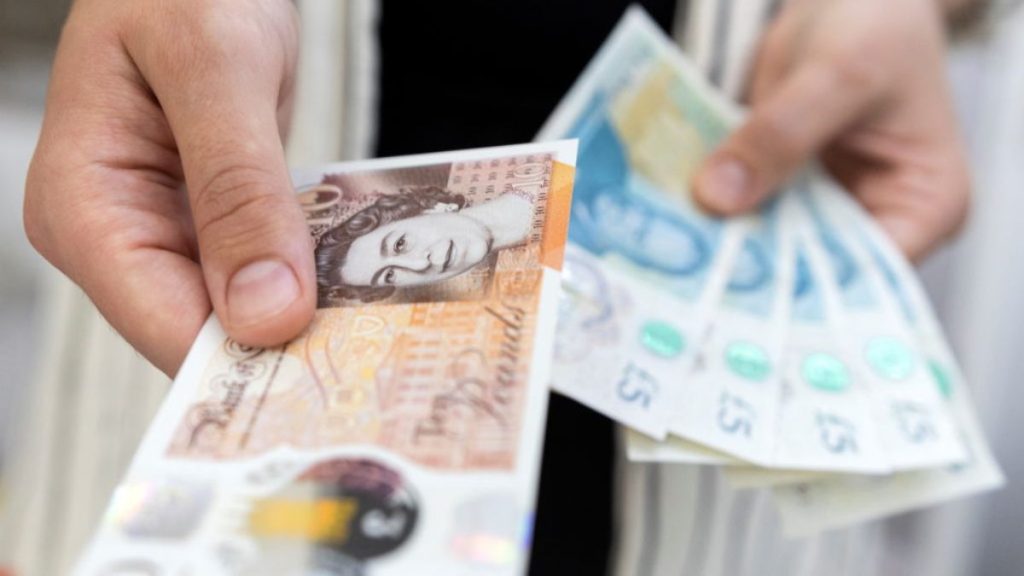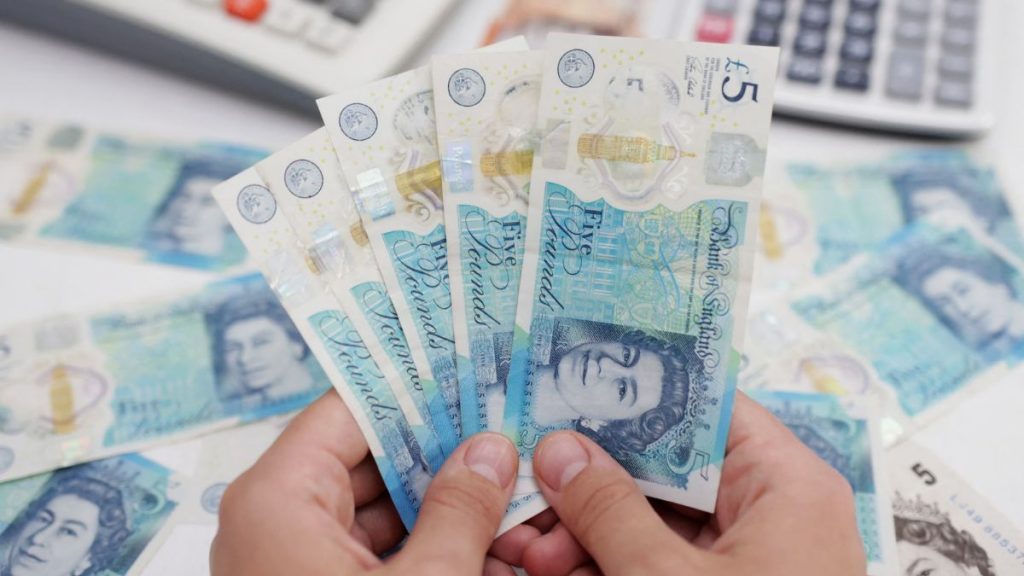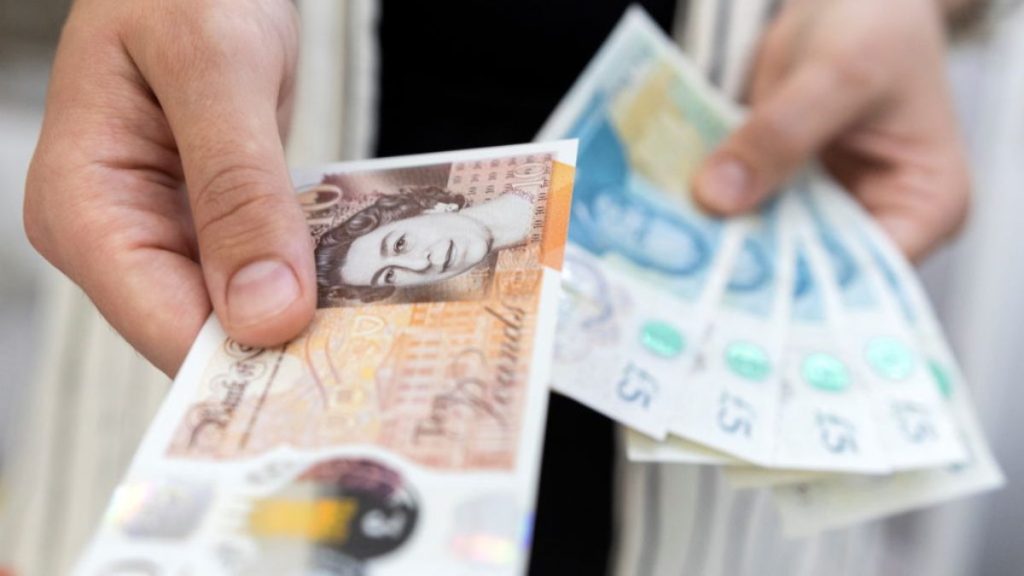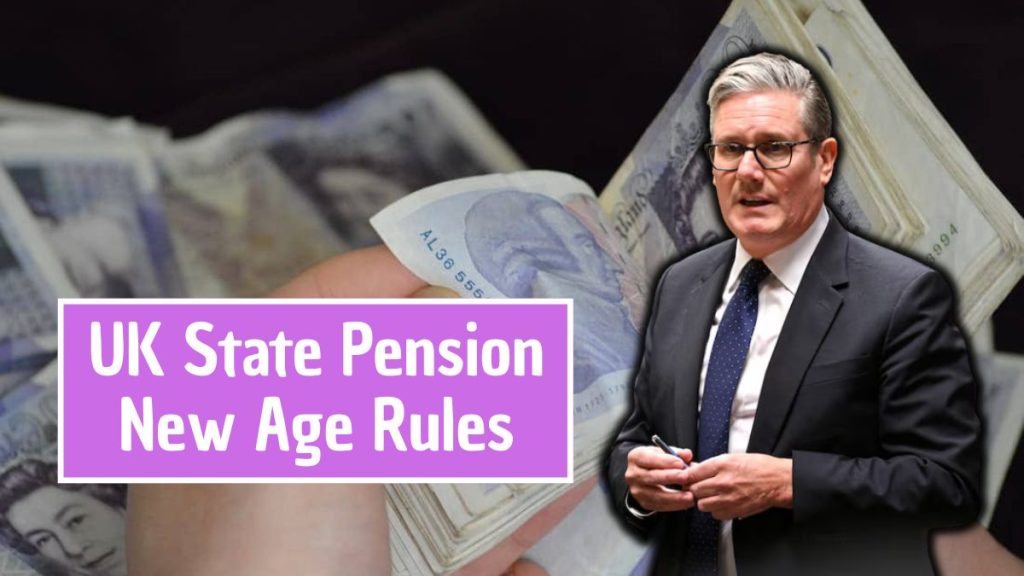The UK government has confirmed that the personal allowance for 2025 will rise to £20,000, marking one of the largest increases in recent years. This move will allow taxpayers to earn more before paying income tax, resulting in potentially hundreds of pounds in annual savings.
This adjustment aims to ease the pressure caused by the cost-of-living crisis, giving both employees and self-employed workers a much-needed financial lift. But what exactly does this change mean for you, and how can you make the most of it? Let’s break down the details.
What Is the Personal Allowance?

The personal allowance represents the amount of income you can earn each tax year without paying any income tax. It applies to most people living and working in the UK.
Until now, the standard personal allowance stood at £12,570. Starting from April 2025, the threshold will jump to £20,000, allowing workers to keep a significantly larger portion of their income tax-free.
This change benefits nearly all working-age individuals — from employees to pensioners — offering a direct boost in disposable income and household spending power.
How the 2025 Increase Impacts Different Taxpayers
Raising the personal allowance affects taxpayers differently depending on their income level. Here’s how:
Basic Rate Taxpayers (Earning £20,000–£50,270)
These individuals benefit the most, as the first £20,000 of their income will now be entirely tax-free. Their taxable income drops substantially, meaning they’ll pay less in total income tax.
Higher Rate Taxpayers (Above £50,270)
While they’ll continue to pay 40% on income above the higher-rate threshold, they’ll still enjoy savings because their taxable portion will begin after the new £20,000 allowance.
Low-Income Workers
For those earning below £20,000, this change means no income tax at all, ensuring that full wages remain in their pockets. This group, which includes many part-time workers and those on minimum wage, will see the most immediate impact on daily expenses.
Examples of Real-Life Savings in 2025
To understand how much this increase helps, here are a few illustrative examples:
| Annual Income | Tax Saved Under New Allowance | Old System Tax Paid | New System Tax Paid |
|---|---|---|---|
| £25,000 | £1,486 saved | £2,486 | £1,000 |
| £40,000 | £1,486 saved | £5,486 | £4,000 |
| £60,000 | £1,486 saved | £9,486 | £8,000 |
Each example shows that the increase in personal allowance directly reduces taxable income, saving individuals nearly £1,500 per year on average.
Who Qualifies for the £20,000 Personal Allowance?
Most taxpayers across the UK are eligible for the standard personal allowance, including:
- Employees working under PAYE (Pay As You Earn)
- Self-employed individuals
- Pensioners with taxable income
- Individuals receiving taxable government benefits
However, there’s an important exception: those earning over £125,140 will gradually lose their personal allowance, as it reduces by £1 for every £2 earned above this threshold.
How Married Couples Can Benefit from the Increase
For married couples or civil partners, the Marriage Allowance allows one partner to transfer part of their personal allowance to the other if one earns less than the threshold.
With the new £20,000 limit, couples can transfer up to 10% of the allowance (£2,000), which can save households up to £400 annually in additional tax relief.
This change is especially useful for single-income families or where one partner works part-time.
How Employers Will Handle the Change
Starting April 2025, employers will automatically adjust PAYE (Pay As You Earn) systems to reflect the new allowance. This means workers don’t need to take any action to benefit — the change will be reflected directly in their payslips.
However, employees are advised to check their payslips carefully from the first 2025–26 tax year payment cycle to ensure the new allowance is correctly applied.
Self-Employed and Small Business Implications
For self-employed individuals, the increase will directly reduce taxable profits, meaning less income tax owed on earnings up to £20,000.
Self-employed taxpayers will need to ensure they update their Self Assessment returns for 2025–26 to include the new threshold. Those who pay advance payments on account may also see changes in their estimated tax obligations.
This adjustment can improve cash flow and reduce quarterly payments for small business owners.
Planning Ahead: Tax-Saving Strategies for 2025
With the personal allowance rising, this is an ideal time for taxpayers to review financial plans and maximise their savings potential.
Here are key tips to take advantage of the change:
- Maximise Pension Contributions:
Contributing to a workplace or private pension can further reduce taxable income and increase long-term savings. - Use Your ISA Allowance:
Investing in Individual Savings Accounts (ISAs) keeps returns tax-free, adding to your overall tax efficiency. - Review Marriage Allowance:
Eligible couples can transfer a portion of the personal allowance to the lower earner, boosting joint income. - Track Benefits and Tax Credits:
Adjusting your taxable income may influence Universal Credit or Child Benefit, so it’s important to monitor potential changes.
Impact on National Insurance Contributions (NI)
While this announcement impacts income tax, National Insurance thresholds remain separate.
Employees and self-employed workers will still pay NI on earnings above current thresholds, which are expected to be reviewed separately by the Treasury.
It’s important to remember that while you’ll pay less income tax, NI may still apply at similar rates, slightly moderating total take-home gains.
Benefits for Low-Income Households
The £20,000 personal allowance increase is especially impactful for low-income workers, including those earning around the minimum wage.
For someone working full-time at £11.44 per hour (approximately £22,000 annually), this change means that almost 90% of their income will be tax-free.
This helps protect lower-income earners from inflation, ensuring that more of their pay goes toward daily essentials like food, rent, and energy costs.
Impact on Retirees and Pensioners
The increase in personal allowance is also good news for pensioners receiving taxable income through pensions or savings.
For retirees:
- The first £20,000 of pension income will now be tax-free.
- Combined with Pension Credit and other allowances, this could significantly increase disposable income.
- Pensioners with modest private pensions will see less tax deducted from their total annual payments.
This change is expected to improve retirement security and help older citizens manage rising living costs.
Potential Challenges and Considerations
While the personal allowance rise is largely positive, a few key considerations remain:
- High Earners: Those earning over £125,140 will lose some or all of the allowance.
- Tax Credit Adjustments: A reduction in taxable income might alter certain tax credit calculations.
- Inflation and Fiscal Impact: Economists warn that while beneficial for individuals, the measure could reduce government tax revenues, potentially influencing future public spending.
Still, for the majority of taxpayers, the 2025 adjustment represents a major financial win.
How to Confirm You’re Benefiting from the Change
To ensure you receive the correct tax benefit:
- Check your HMRC tax code (it will likely update to reflect the new allowance).
- Verify your payslips from April 2025 onward.
- If self-employed, confirm the updated figure in your Self Assessment for the 2025–26 year.
Any discrepancies can be corrected through the HMRC online portal or by contacting the helpline directly.
The Bigger Picture: Why the UK Raised the Allowance
The increase to £20,000 reflects the government’s response to years of rising living costs and inflation.
By raising the personal allowance, the UK aims to:
- Support working families struggling with the cost of essentials.
- Stimulate consumer spending to drive economic recovery.
- Simplify tax brackets for easier compliance.
This reform will put more money into taxpayers’ hands, directly improving affordability and boosting confidence in the economy heading into 2025–26.
FAQs – Personal Allowance 2025
Q1. What is the new UK personal allowance for 2025?
The personal allowance will rise to £20,000, up from £12,570, starting in the 2025–26 tax year.
Q2. Who qualifies for the increased allowance?
All UK taxpayers earning below £125,140 qualify for the full allowance, including employees, self-employed workers, and pensioners.
Q3. How much will I save with the new allowance?
Most taxpayers will save around £1,486 per year, depending on income level and tax rate.
Q4. Will National Insurance thresholds also change?
Not yet. The personal allowance increase only applies to income tax, not National Insurance contributions.
Q5. How can couples benefit from the change?
Through the Marriage Allowance, couples can transfer up to 10% of the new £20,000 allowance, saving an extra £400 annually.




















